It is a treasure from the depths of the centuries, a marvel like you can count on the fingers of one hand. The Chauvet cave and its many ornate drawings are one of those heritage gems that must be preserved.
As soon as it was discovered in 1994, measures were taken to ensure its conservation, but to show the beauty of the cave to the general public, a replica was created, a faithful copy that allows everyone to marvel at this masterpiece of prehistoric art that has nothing to envy to Picasso!
How was the Chauvet cave discovered? When was it discovered? Can we visit it? What can you see? This article provides an update.
The story of the discovery of the Chauvet cave
On the afternoon of 18 December 1994, Jean-Marie Chauvet, Éliette Brunel and Christian Hillaire, three speleology enthusiasts, examined a cliff in the Ardèche, a few hundred metres from the famous Pont d’Arc. Their exploration led to a “blowhole”, i.e. a trickle of air escaping from a wall, indicating that there was a cavity behind it.
After clearing an entrance, they discovered a well some ten metres deep and returned in the evening equipped with a ladder to descend into the cave, an immense cavity that extends over an area equal to almost three football pitches. Eliette Brunel quickly noticed two lines drawn in red ochre on a wall and immediately understood that prehistoric men had been here. A surprise that has only just begun as they prepare to discover the many drawings that have survived the centuries!

Why does the Chauvet cave bear this name?
Jean-Marie Chauvet, Éliette Brunel and Christian Hillaire are considered to be the “inventors” of the cave since they are the ones who discovered it. But since only one name had to be chosen, the three friends chose Chauvet, Jean-Marie Chauvet being the one who insisted on going to explore this area of the Ardèche on the morning of 18 December 1994.
Ten days later, the DRAC (Regional Directorate of Cultural Affairs) was informed of the discovery and commissioned an expert report from Jean Clottes, Jean-Pierre Daugas and Bernard Gély, all three specialists in Palaeolithic archaeology and art. On 2 January 1995, Jean Clottes’ report recommended several measures to limit access to the cave and avoid repeating the mistakes made at Lascaux, where massive tourist exploitation had irreparably damaged the cave.
How old is the Chauvet cave?
Studies carried out in the cave have revealed that it was occupied during two periods: during the Aurignacian period (from 37 to 33,500 BC) and then during the Gravettian period (from 31 to 28,000 BC). 22,000 years ago, a landslide sealed the natural entrance to the cave, allowing it to be protected and the paintings to be preserved in such good condition.
Chauvet 2: the replica of the Chauvet cave
Very early on, development work was carried out to secure access to the cave and to monitor the health and climate of Chauvet. To preserve it, Jean Clottes’ recommendations were followed: the cave would never be open to the public and only a hundred or so visitors a year (scientists, officials, hand-picked press, etc.) were authorised to enter it, following a very strict protocol.
However, in order to make the cave visible to as many people as possible, the Rhône-Alpes region and the Ardèche General Council launched the project in 2006 to build a reconstruction of the Chauvet cave. Construction began in 2012, a few kilometres from the original cave, and the replica opened to the public in 2015.

How is a replica of a cave created?
The facsimiles are created from thousands of digital photos that were used to model the cave walls. A team of “forgers”, artists specialised in copying cave art, then came to reproduce each of the drawings centimetre by centimetre on resin panels, using the same pigments and charcoal as the prehistoric men. The restitution is very close to the original cave.
In addition to the drawings, the concretions (geological forms) were also reproduced, as well as the animal bones found in the cave.
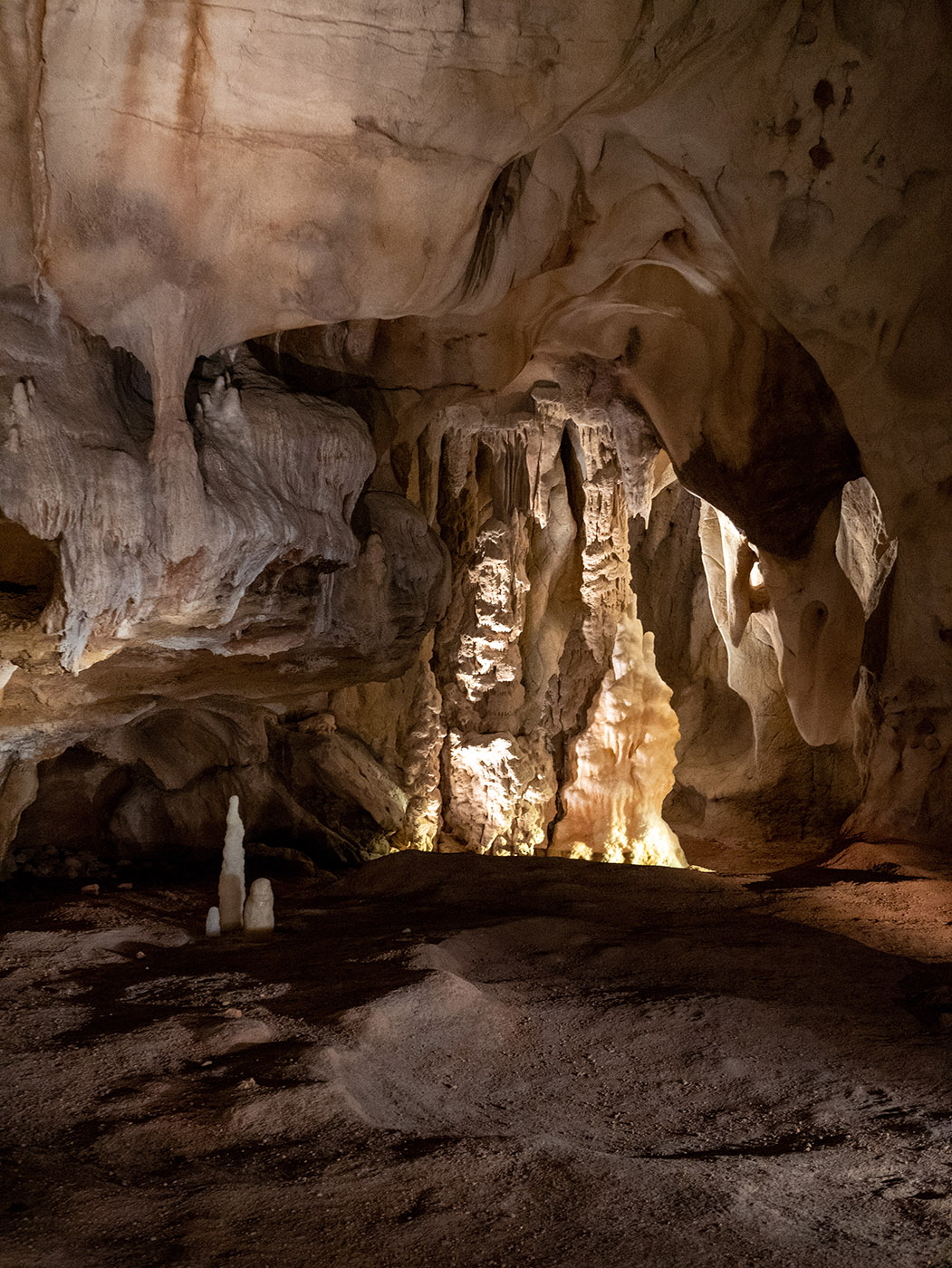
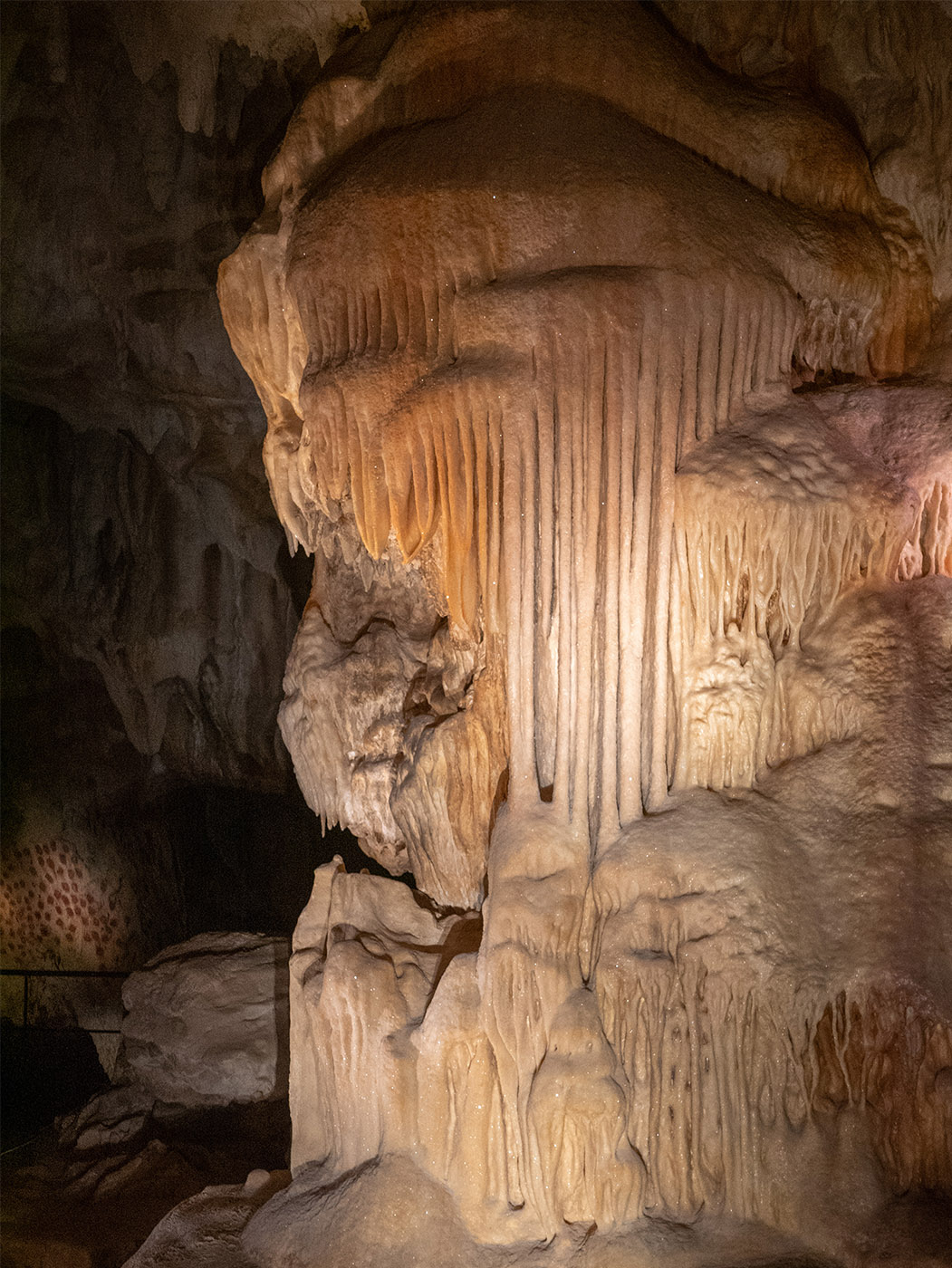
What can be seen in the Chauvet cave?
A thousand paintings and engravings have been recorded in the cave. These represent either humans, animals or signs. 447 representations of animals of 14 different species are visible, including the only representation of an owl known to date in cave art.

Several methods of drawing were used: the “palm-dot” technique by applying a coloured palm to the wall; scraping engravings; or charcoal point drawings.
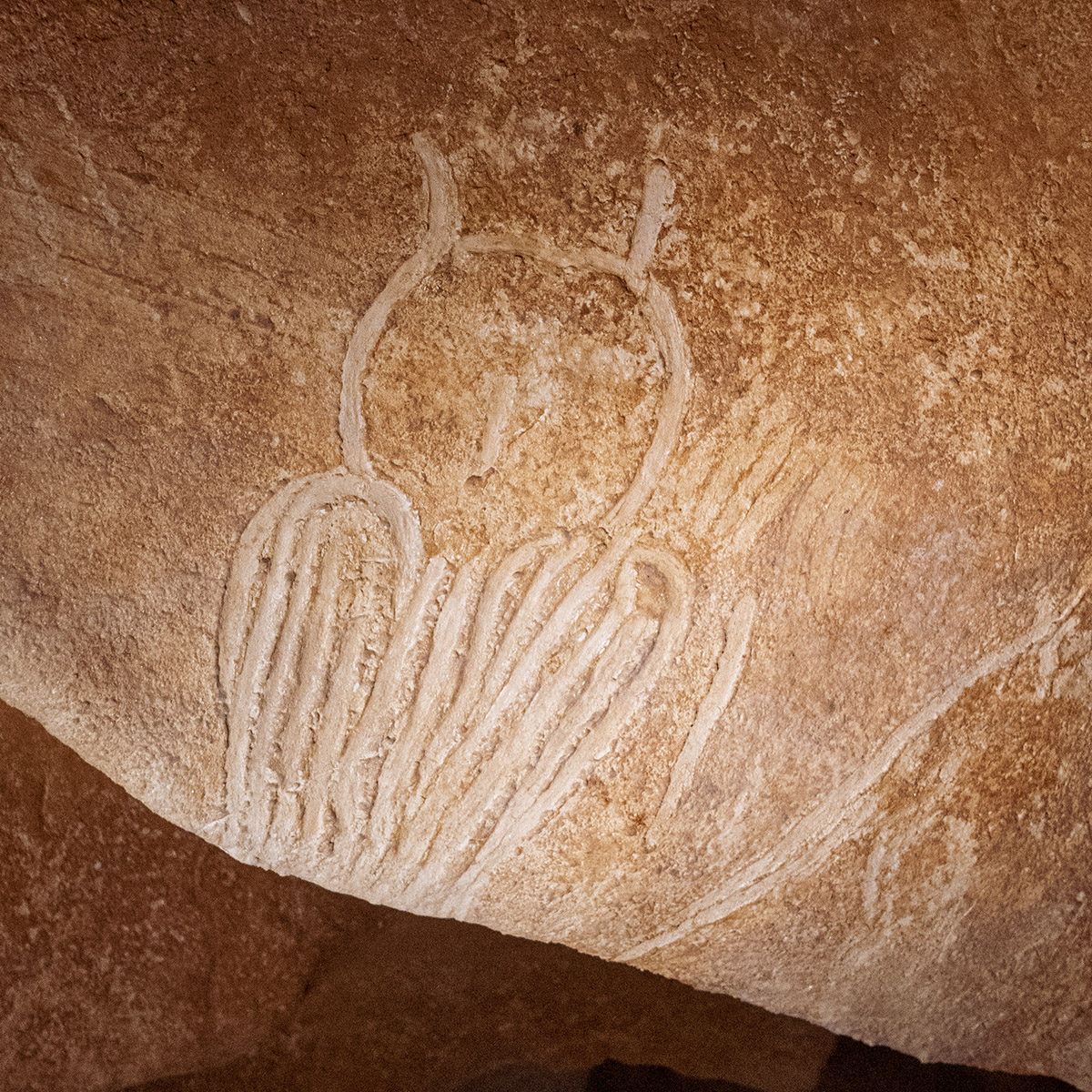
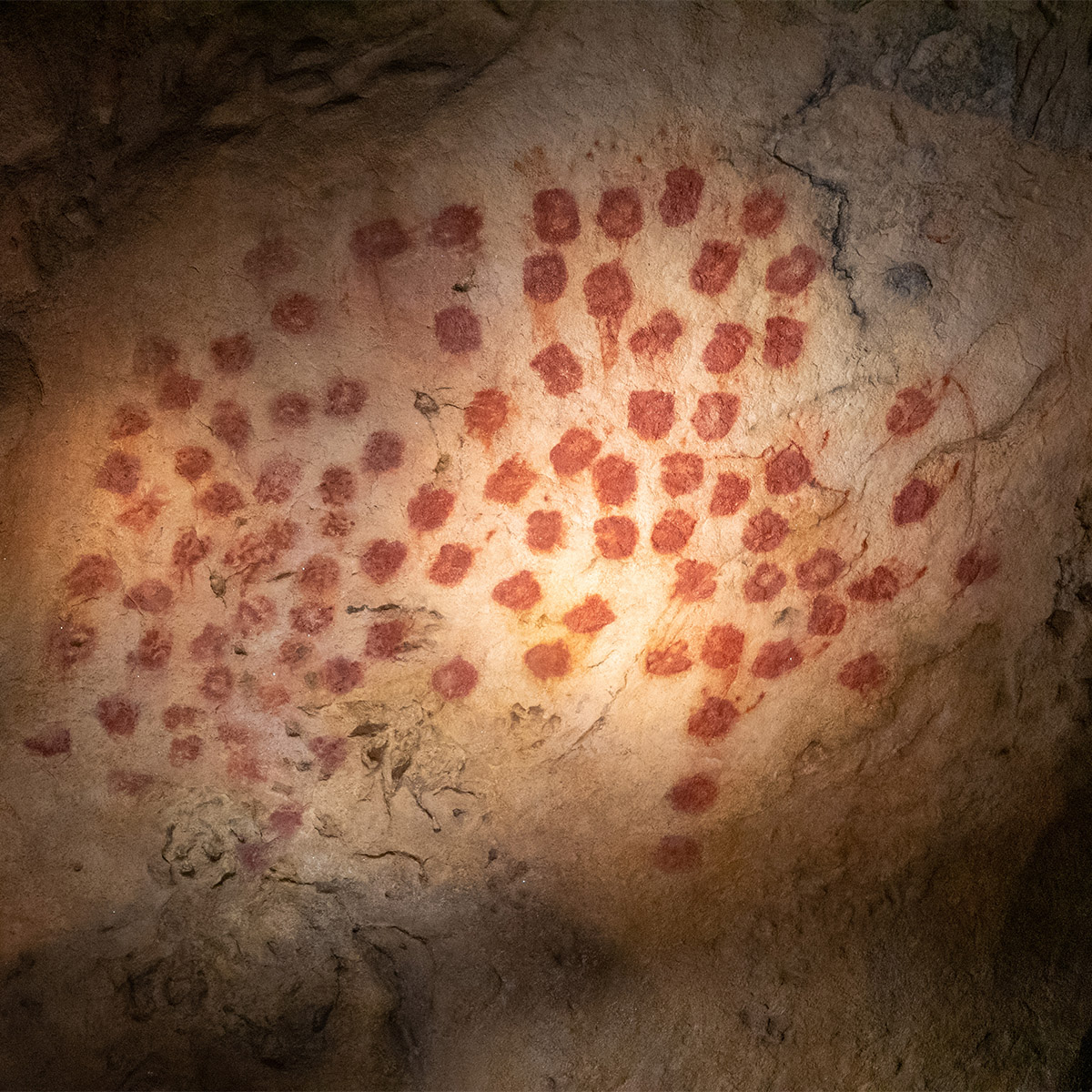
Two large frescoes are breathtaking and show that the artists who created these drawings mastered several techniques such as the use of shades, the outlining of contours or the exploitation of the relief of the walls for the benefit of the drawings. The art of Chauvet thus made it possible to become aware of the artistic talent of these men and women.
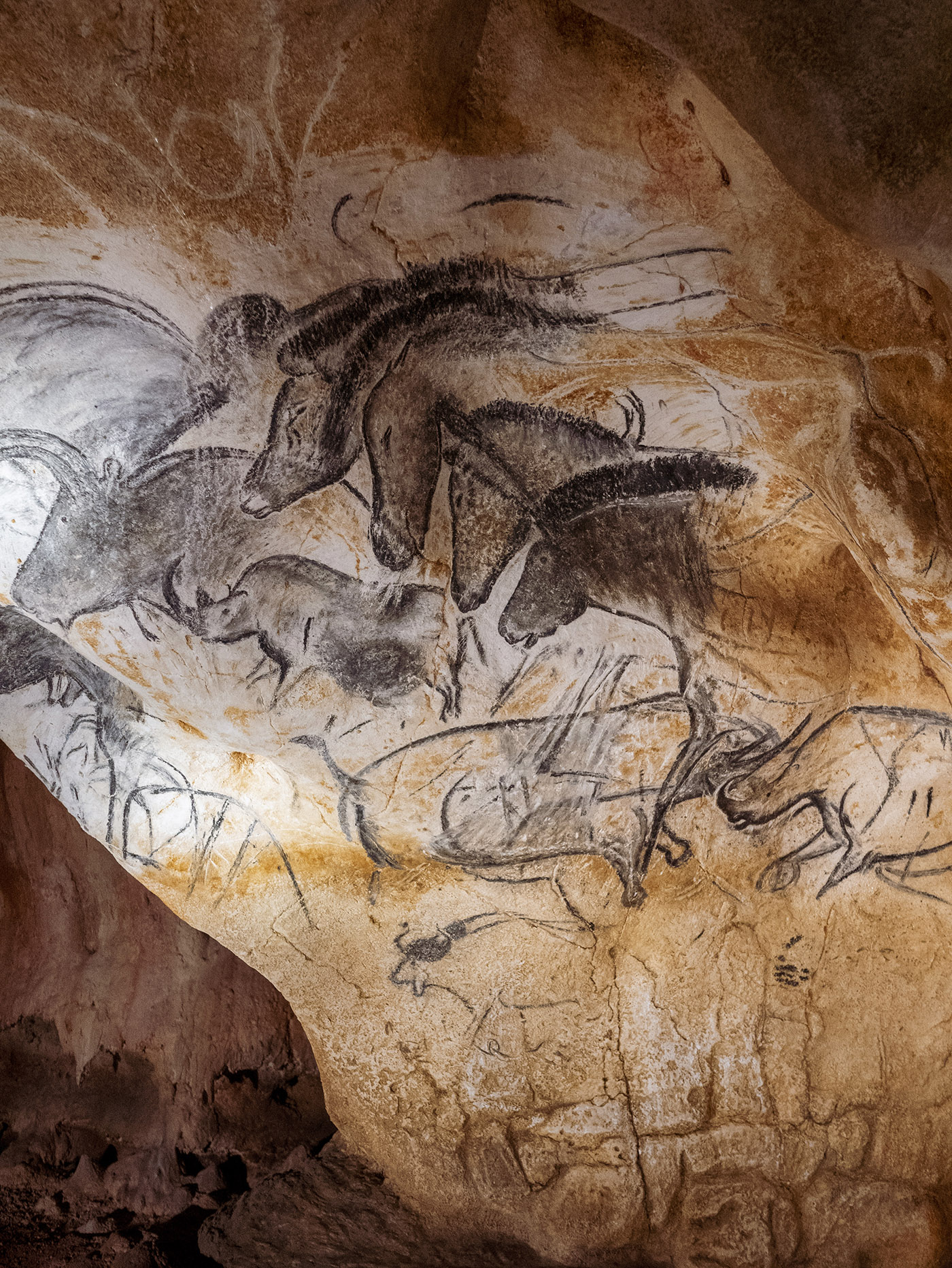
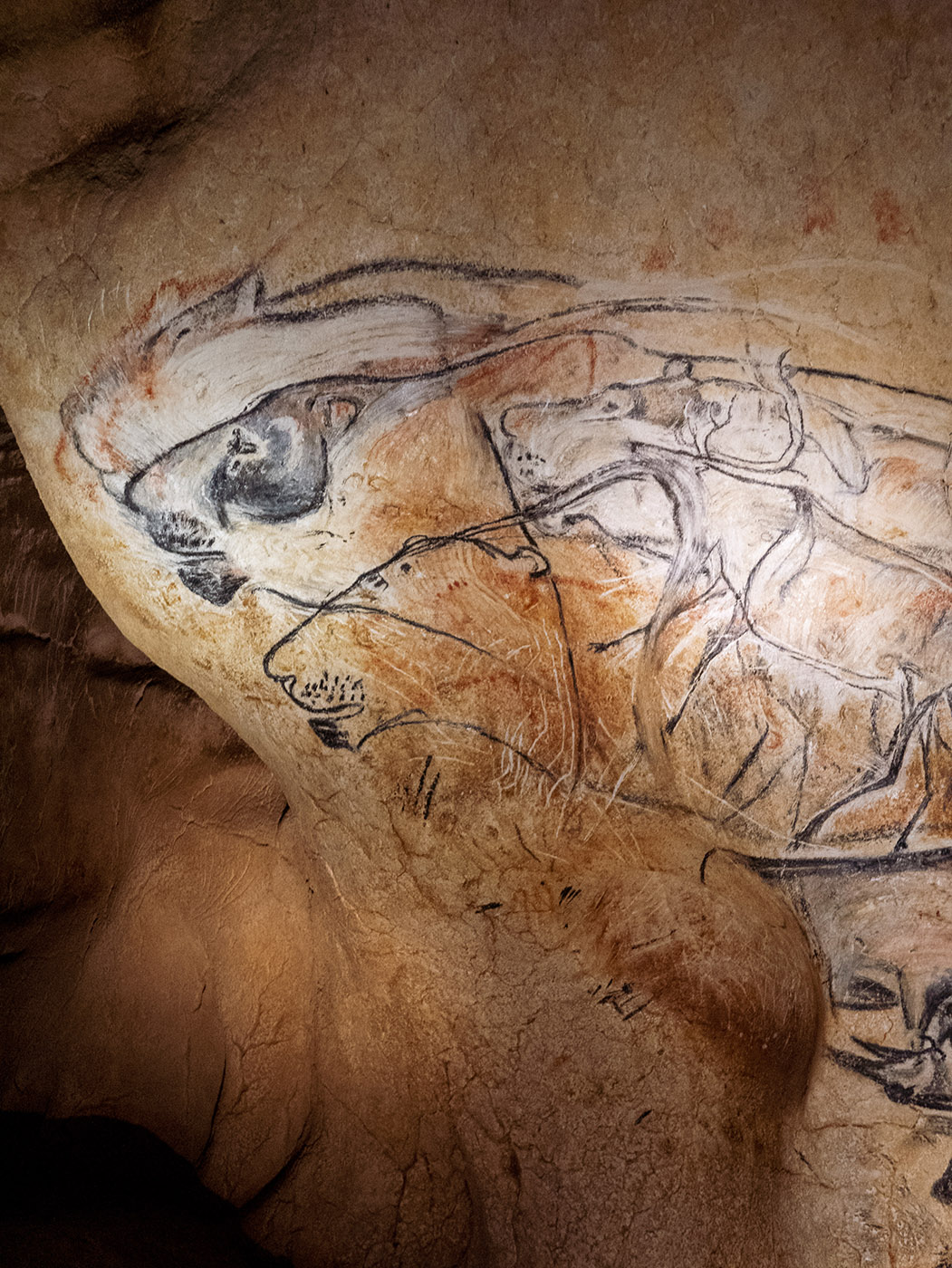
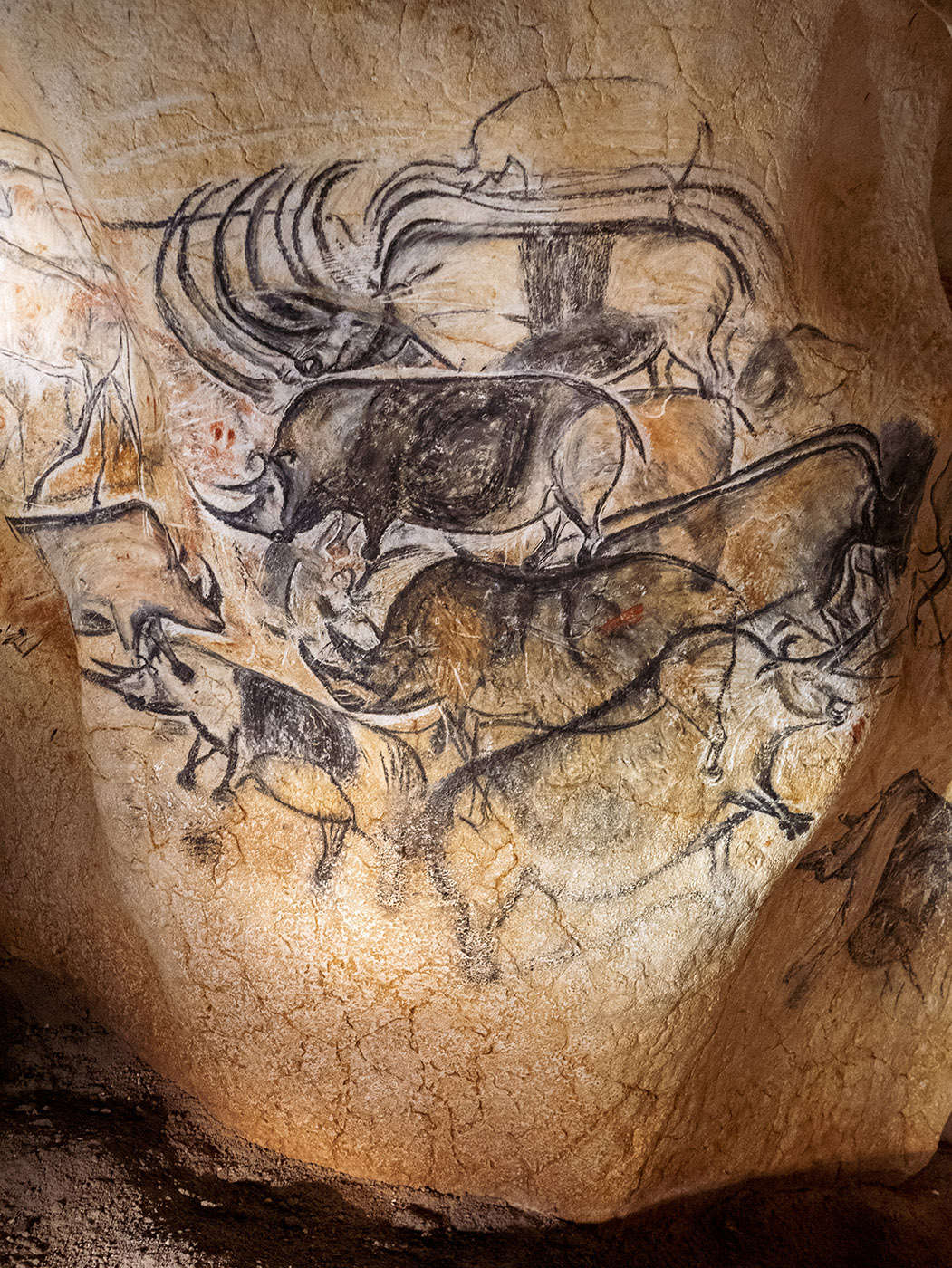
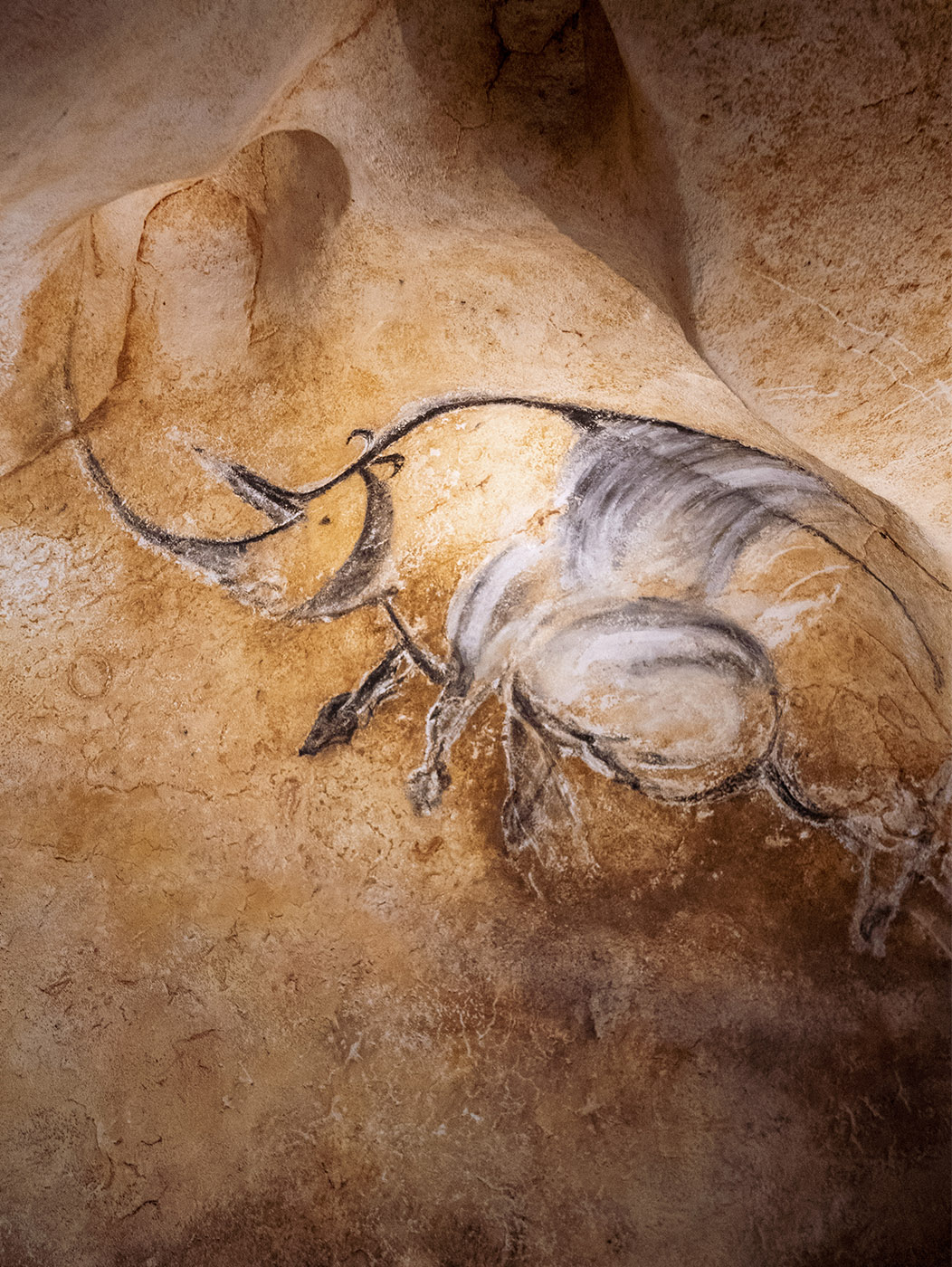
It is also worth noting that although today the replica can be visited in full light, the original cave was discovered in its time by the light of a torch which, with the effects of shadows projected on the walls, brought the paintings to life, thus creating what was perhaps the first film in the world!

Some 200 skulls of cave bears have also been found in the cave. These bears died here naturally and stayed at Chauvet intermittently with humans.
Visit the Chauvet cave
As you can see, you are not allowed to visit the original cave. On the other hand, the replica is open to all, all year round.
You should allow ½ day to visit the whole site because more than just the cave, Chauvet 2 also offers an interpretation centre to better understand who the men were who left us this wonderful heritage and the environment in which they lived.
Chauvet 2 also offers animations around cave art for families and, this year, a sound and light show called “Animals” takes you from prehistory to street art!
Explore the Chauvet cave virtually
If you can’t make it to the cave, the French Ministry of Culture offers a virtual visit available free of charge on the website archeologie.culture.fr
Useful information
Adress:
Grotte Chauvet 2 Ardèche
4941 Route de Bourg Saint Andéol
07150 Vallon Pont d’Arc (France)
Opening hours:
Opening hours vary according to the season, check the cave’s website
Website:
https://en.grottechauvet2ardeche.com/
Price:
Adults: €17
10-17 years old: €8.5
Free for children under 10 years old





No Comments
Leave a comment Cancel